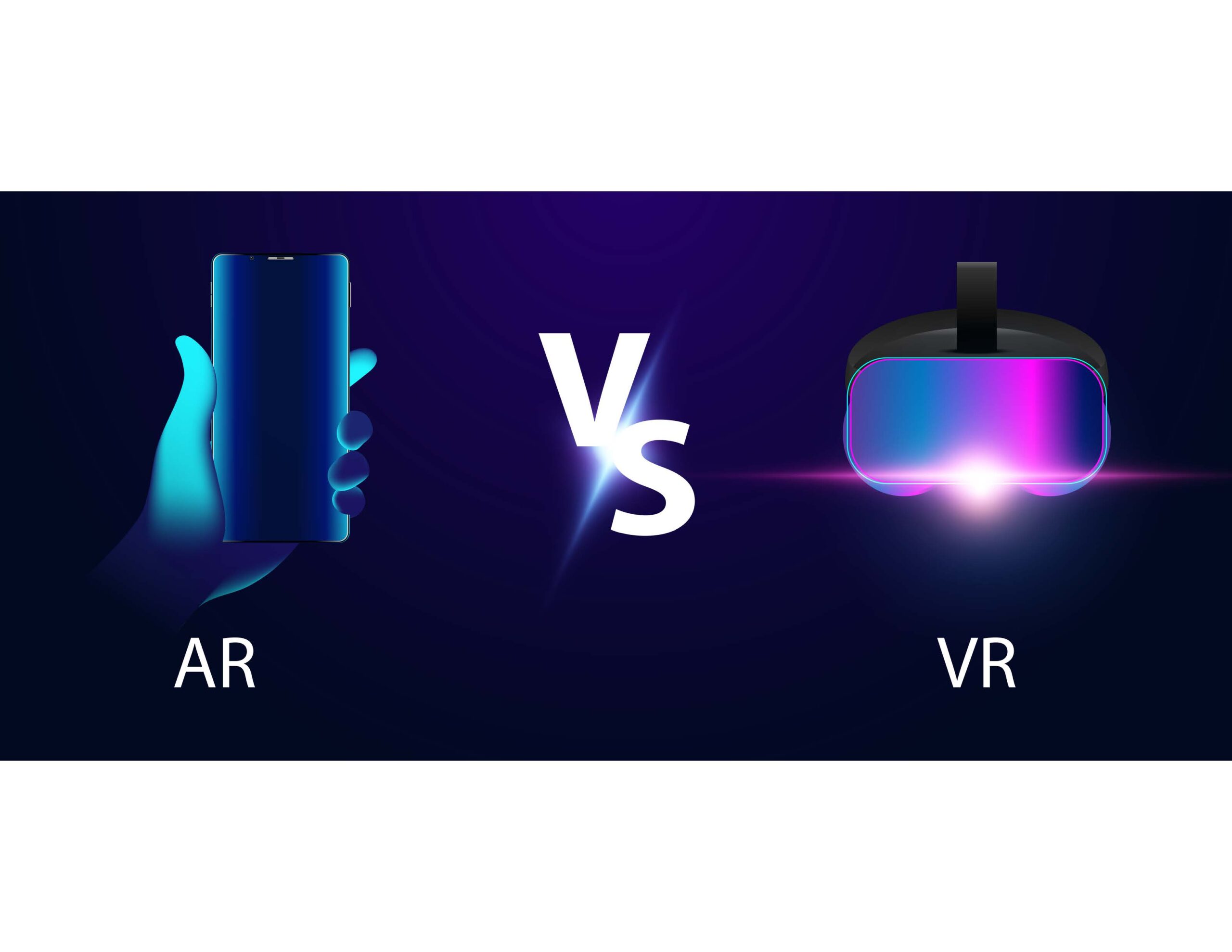Augmented Reality (AR) and Virtual Reality (VR): Transforming Business and Tech Landscapes
The realms of Augmented Reality (AR) and Virtual Reality (VR) have transcended their initial entertainment-centric origins to become significant drivers of innovation in the business and technology sectors. As these technologies mature, their integration into various industries has not only enhanced user experiences but also opened up new avenues for marketing, training, product development, and remote collaboration. This post delves into how AR and VR are reshaping business models and tech applications, promising an exciting horizon for future developments.
Understanding AR and VR
At their core, AR and VR technologies offer immersive experiences but in distinct ways. AR overlays digital information onto the real world, enhancing but not replacing the user’s environment. Applications range from interactive marketing displays to complex surgical procedures. In contrast, VR creates a completely digital environment, offering a fully immersive experience that can transport users to simulated or entirely fictional settings.
The Business Impact of AR and VR
1. Retail and E-Commerce Transformation
AR and VR have revolutionized the retail sector by providing customers with immersive shopping experiences. AR enables consumers to visualize products in their own space before making a purchase decision, such as furniture in a room or clothes on their person. Meanwhile, VR shopping experiences allow customers to navigate a virtual store, enhancing online shopping with a physical store feel.
2. Training and Education
In industries where practical training carries high risks or costs, AR and VR offer effective solutions. VR simulations allow for realistic, risk-free environments where individuals can practice everything from surgical procedures to heavy machinery operation. AR applications provide real-time, on-the-job training support, overlaying helpful information during tasks.
3. Real Estate and Architecture
AR and VR technologies have significantly impacted the real estate and architecture sectors by enabling virtual tours of properties and architectural sites. This not only saves time but also provides a clearer sense of space and design, aiding in decision-making processes for buyers and stakeholders.
4. Enhanced Customer Experiences
Businesses are leveraging AR and VR to create unique and engaging customer experiences. AR apps can bring static products to life, providing interactive elements that tell a product’s story in a compelling way. VR, on the other hand, can transport customers to virtual environments for product launches or immersive brand experiences.
5. Remote Work and Collaboration
The rise of remote work has been greatly supported by VR technologies, enabling virtual meeting spaces that simulate the experience of in-person collaboration. AR applications assist in remote assistance and diagnostics, allowing experts to guide on-site personnel through complex procedures from anywhere in the world.
The Technical Side: Developing AR and VR
Developing AR and VR experiences requires a blend of creativity, technical skill, and understanding of user engagement. High-quality graphics, intuitive interfaces, and seamless integration with existing platforms and devices are crucial. As these technologies evolve, so too do the tools and platforms available for developers, making it more accessible to create immersive and impactful applications.
Challenges and Considerations
While AR and VR hold vast potential, several challenges remain. High development costs, the need for specialized hardware, and addressing motion sickness in VR are among the technical hurdles. Additionally, privacy concerns and the digital divide pose societal challenges that need addressing as these technologies become more integrated into daily life.
The Future of AR and VR
1. Wider Accessibility and Adoption
As hardware becomes more affordable and development tools more user-friendly, AR and VR are set to become more widespread. This accessibility promises to bring immersive experiences to a broader audience, further integrating these technologies into everyday life.
2. Advancements in Technology
Ongoing advancements in AR and VR technologies, including improvements in graphics, wearables, and interactive capabilities, will continue to push the boundaries of what’s possible, creating more realistic and engaging experiences.
3. Cross-Industry Applications
Beyond the current industries adopting AR and VR, future applications could extend to new sectors such as agriculture, environmental science, and more, offering innovative solutions to age-old problems.
Augmented Reality and Virtual Reality are no longer just futuristic concepts but are now critical tools in the business and technology landscapes. Their ability to transform customer experiences, enhance training and education, revolutionize marketing, and facilitate remote work highlights the versatile and impactful nature of these technologies. As AR and VR continue to evolve, the potential for further transformation across industries remains vast, signaling a thrilling chapter ahead for businesses and tech enthusiasts alike. Embracing these technologies not only requires a willingness to invest and experiment but also a vision for creating more immersive, efficient, and engaging human experiences.

